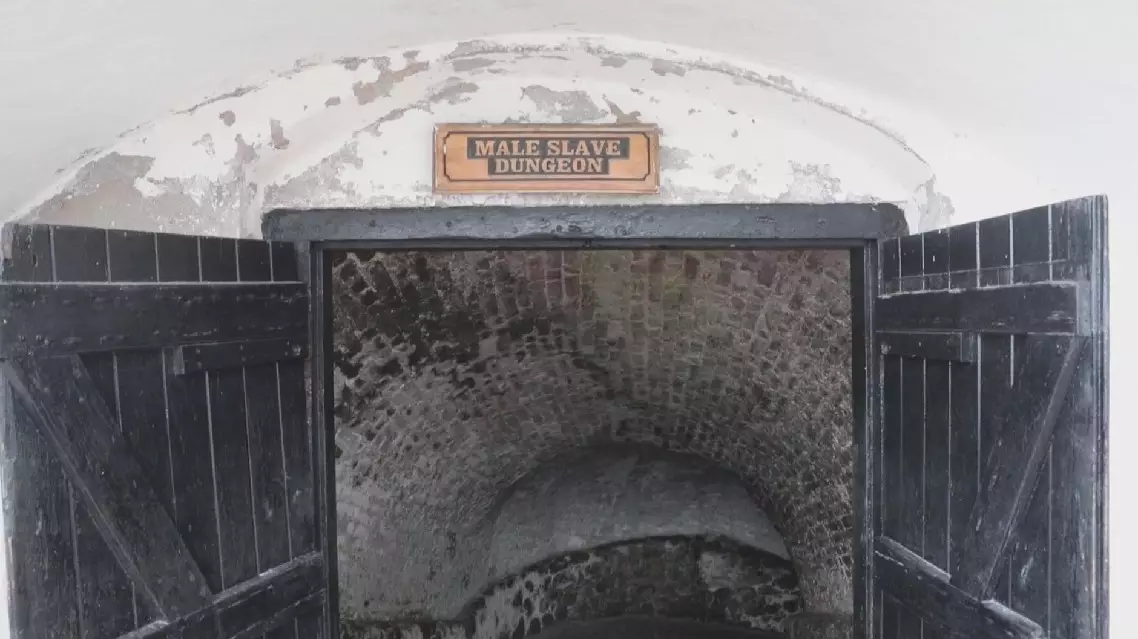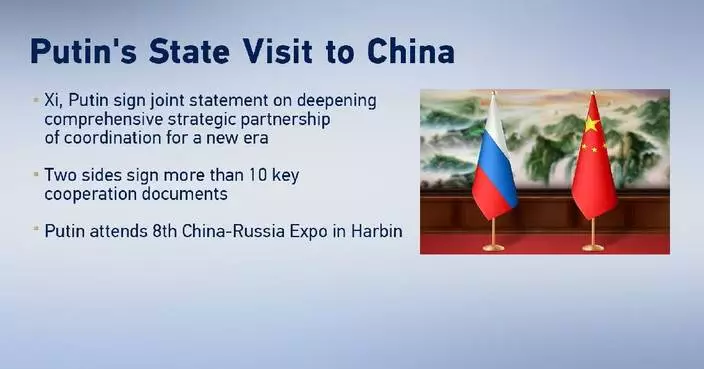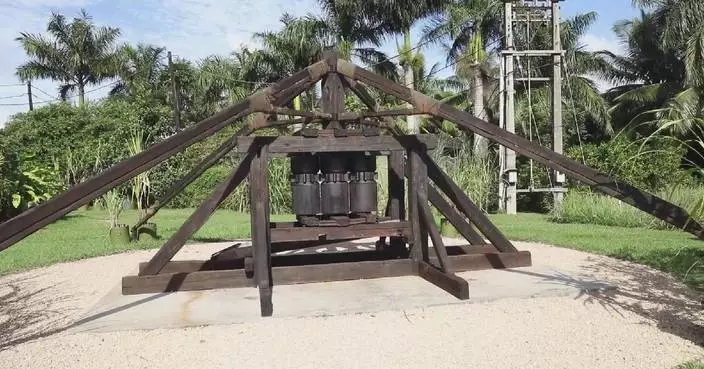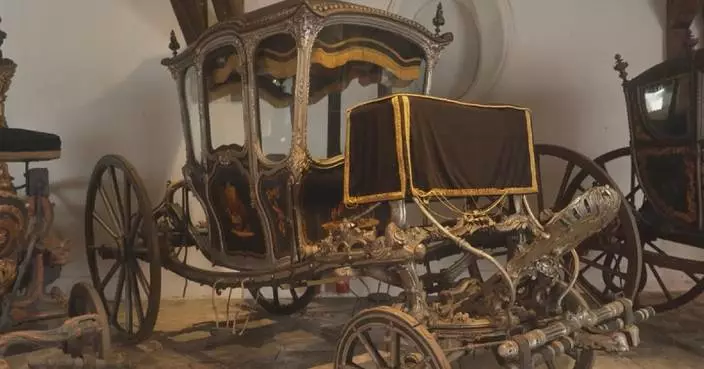China's South-to-North Water Diversion Project has achieved simultaneous development of environmental protection, economic development, job creation and poverty alleviation, paving way for a prosperous life for people.
China's South-to-North Water Diversion Project consists of three routes, with the middle route playing the most prominent role.
The middle route starts at the Danjiangkou Reservoir in central China's Hubei Province and runs through the provinces of Henan and Hebei before reaching Beijing and Tianjin. The middle route started supplying water in December 2014.
In this episode of "Classic Quotes by Xi Jinping," CGTN host Liu Xin and former Belgian ambassador to China, Patrick Nijs, visited Xichuan County, Nanyang City in Henan Province, the water source area of the South-to-North Water Diversion Project.
They followed local staff to collect water from the Danjiangkou Reservoir, which provides about three quarters of Beijing's water supply, and drank it straight from the reservoir as the water quality meets Grade I standard for surface water, making it safe for direct consumption.
The water level of the reservoir on the Hanjiang River has been elevated from 14.6 meters to 176.6 meters. Driven by gravity, the water can flow downstream to the drought-prone north.
"This is our first sluice gate, commonly known as the 'faucet' of the middle route of the South-to-North Water Diversion Project. We have supplied cumulatively 50.747 billion cubic meters of water since it opened up," said Liang Yu, Secretary of the Party Committee of Qushou Branch Company under the China South-to-North Water Diversion Middle Route Co., Ltd.
The factors surrounding the South-to-North Water Diversion Project are massive and extremely complex, including the migrant issue that has been described as "the hardest nut to crack."
In Xichuan County, Nanyang City, Henan Province, 367,000 people had been relocated to favor the project.
People in Zouzhuang Village of the county, who used to grow maize and wheat, now earn their living by managing an orchard of kiwifruit trees. With the help of local authorities in terms of technical training and sales channels, they earn more money than before, and now almost every family owns a car, said Zou Yuhua, a village official.
The Chinese government's wise and effective coordination has ensured the success of building such a mega project that involves diverse departments, including engineering, water conservancy, ecological environment, economy and relocation, according to Liang.
"The state had set up a construction commission among provinces and municipalities when launching the project. It was why we achieved forceful coordination and synergy among provinces, municipalities, ministries and commissions. It has pushed our coordination and concerted work in an orderly manner," said Liang.
Chinese President Xi Jinping once quoted an ancient saying "yi yin qi gang wan mu jie zhang," which means once you open the main rope of a net, everything falls into place, or you have a thorough understanding of the whole situation, have everything under control.
"Once the key link is grasped, all else will consequently fall into their proper places." This saying captures the logic behind China's political system today and explains why the country can accomplish mega projects like the South-to-North Water Diversion Project, according to Patrick.
Patrick hailed the Communist Party of China (CPC) and the Chinese government for following a people-centered approach in governance, saying the Western leaders only care about selfish political gains through endless competition.
"In the West, the competition is that everybody wants to be the boss. If you want to achieve something, the most important issue you will have is the competition for leadership by everyone. China doesn't work like that. You have a duplication of all these tiers within the Party. You have cells of the Party everywhere in the civil society, in the economy, and also in the political system from the local village to the top. They are working in the same direction. This has to be done for the good of the people. They go for it. This is the magic of China," said Patrick.

Water diversion project in China achieves simultaneous development of all domains









